Rottenrow Gardens
A serene public space nestled within the remains of Glasgow’s Victorian maternity hospital
Rottenrow Gardens is the former site of the Glasgow Royal Maternity Hospital, known by locals at the time as “The Rottenrow.” Rottenrow is actually the name of the street the hospital was located on, and dates back to Glasgow’s medieval beginnings.
There are a few theories as to why the street was given such a strange name. Some believe it’s a corruption of the old Gaelic phrase Rat-an-righ, meaning “Road of the Kings.” This makes some sense, given that it leads to Castle Street and nearby Glasgow Cathedral, where King David I witnessed the dedication of the cathedral’s foundation stone. There are a number of streets named Rotten Row throughout Britain however, with the term being used to describe a row of run-down, rat-infested houses—a more accurate, though less romantic origin of the name perhaps.
The maternity hospital, founded in 1834, moved locations a number of times before settling at Rottenrow in 1860. The hospital was originally called the Glasgow Lying-in Hospital and Dispensary. Though sounding rather relaxing and pleasant, “lying-in” is an archaic term for childbirth and refers to the postnatal period of rest and recuperation prescribed to new mothers.
After 140 years of continuous operation, becoming known worldwide as a center of excellence in gynecology, the hospital closed its doors for good in 2001. The aged building was by then in a state of disrepair and could not meet modern medical needs and standards. The hospital was relocated to yet another site in Glasgow and the now-vacant building was purchased by the neighboring University of Strathclyde and largely demolished.
With only some foundations and the front and side porticos remaining, the space was redeveloped into community gardens to commemorate the university’s 40th anniversary in 2004. The porticos now stand at the edges of the gardens as ornate and impressive reminders of the site’s history.
An altogether more modern focal point within the park is a 23-foot-high (seven meters) stainless steel safety pin, created by renowned Glaswegian sculptor George Wyllie. It’s called “Mhtpothta” (“Maternity” in Greek), though it’s more commonly known as “Monument to Maternity.” Perched atop the sculpture is a small bird, perhaps representing rebirth or taking flight into a new world.
Today, the gardens offer a quiet and tranquil escape from the noise and chaos of urban life, which is in sharp contrast to what it must have been like as a maternity hospital.
Know Before You Go
As this is a public space it is open at all times and free to enter. There are stairs, as well as ramps, leading to and from the various levels of the garden. There are benches and tables provide for picnics. The ground around them can get quite soggy and muddy.
















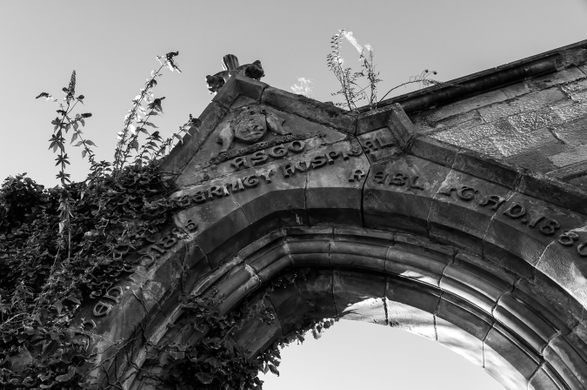










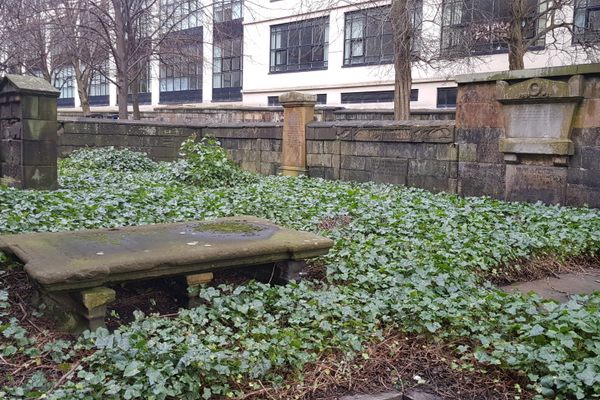

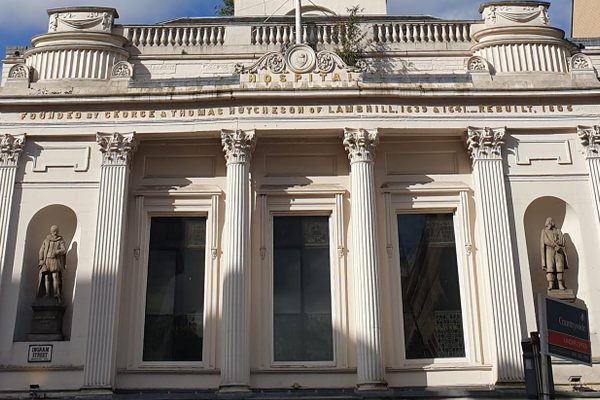

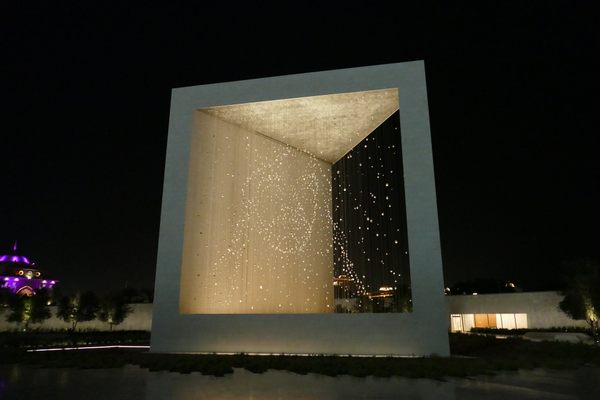


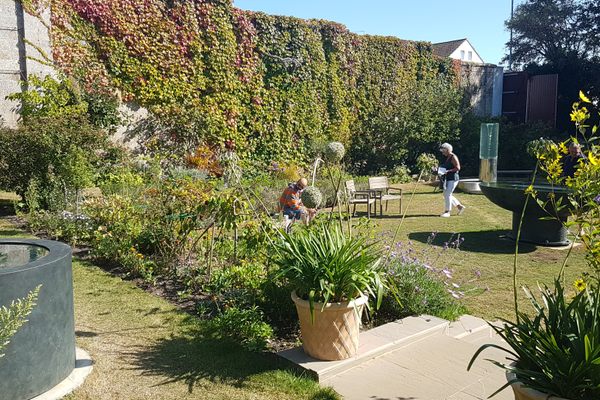

Follow us on Twitter to get the latest on the world's hidden wonders.
Like us on Facebook to get the latest on the world's hidden wonders.
Follow us on Twitter Like us on Facebook